In their last meeting of June, Carrboro’s Board of Aldermen voted to create an overlay district around the Lloyd-Broad neighborhood downtown.
The measure, which creates restrictions on existing houses and future construction in the area, is meant to protect the neighborhood’s identity. Historically an African-American community, Lloyd-Broad has recently experienced increases in student rentals.
Carrboro mayor Lydia Lavelle said the original complaints from the neighborhood centered on parking and towing. As time went on, however, the discussion around Lloyd-Broad shifted and residents approached the board in a combined effort.
“There became more of a concern about the integrity of the neighborhood being dismantled by tearing down the neighborhood houses and building up larger houses that were out of character with the community,” Lavelle said. “It was really a lot of back-and-forth on several ways to address that.”
Lavelle said the restrictions placed on Lloyd-Broad were influenced by overlay districts implemented in Chapel Hill not long ago. The Carrboro board set a square-footage limit for buildings, restrictions that encourage better parking habits and limiting the number of individuals unrelated by blood living in a household to four. Lavelle said she sees that as the right amount of students per house. She said this final element drew the most attention.
“That was one of the parts of this overlay that generated the most discussion in the springtime leading up to this,” she said. “One of the reasons we only have that applying right now to this particular district is because staff will look at how we might expand that to other parts of town in the fall. But we want to make sure we feel comfortable with the wording before we do that.”
Criticisms of overlay districts claim the protections ultimately make the neighborhoods more appealing to newcomers or investors. These elements could make housing prices go up, which would be less beneficial to current neighborhood residents. Lavelle admitted that while it’s a possibility and not the intentions of the board, it’s not a unique problem to Lloyd-Broad or Carrboro as a whole.
“We have neighborhoods all over town where this could be happening, where it’s starting to happen, where prices are going up,” said Lavelle. “It’s getting harder and harder for people to afford to live in Carrboro. But at the same time, we have lots of people finding homes to live in, so it’s a real dilemma.”
The Board of Aldermen declared the ordinance effective immediately to all new development but gave existing houses in the neighborhood three years to comply with the new standards.
Photo via the Town of Carrboro
Related Stories
‹

Towns of Carrboro and Chapel Hill Honor 50 Years of Cat's CradleThe Carrboro Board of Aldermen’s chambers were crowded with local musicians and members of the local music community to see the board pass a joint resolution with the Town of Chapel Hill to honor and celebrate the music venue Cat’s Cradle last week. The resolution declared 2019 the ‘Year of the Cradle,’ an idea brought […]
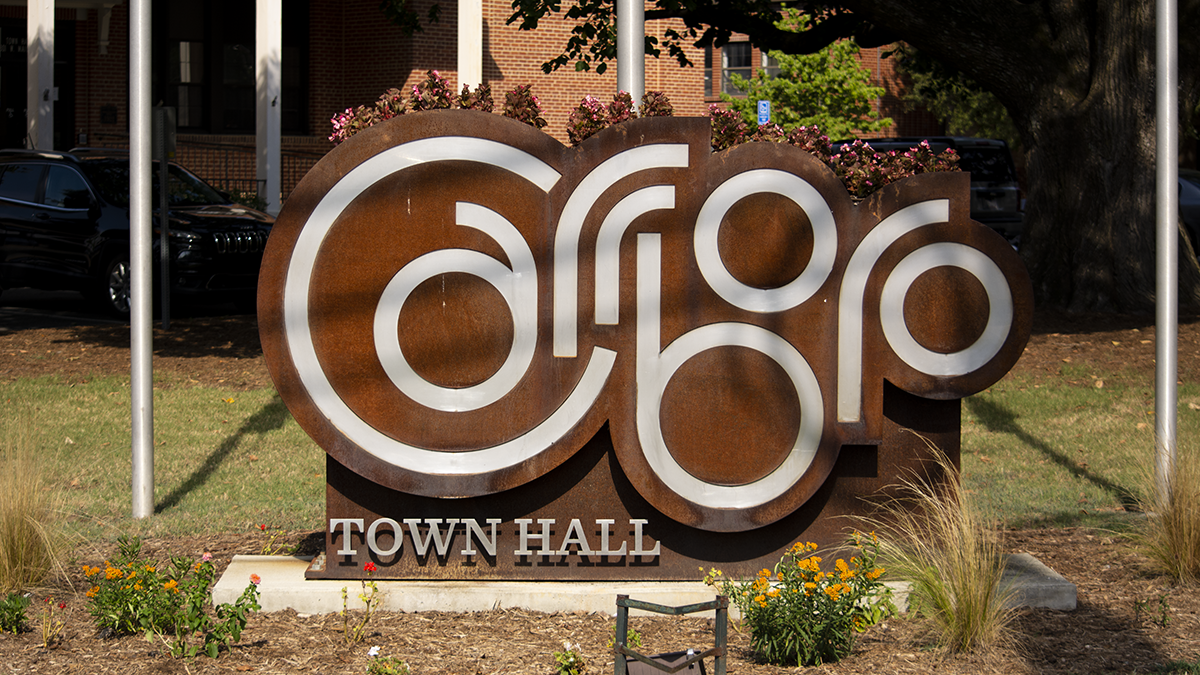
Carrboro Board of Aldermen Changes Title to Town CouncilCarrboro’s Board of Aldermen passed a resolution to change its title to Town Council at its meeting on Tuesday November 19.*** After being known as the Board of Aldermen for 50 years, the elected officials for Carrboro’s governing board are slated to change its name at their Tuesday meeting to a more inclusive title. […]
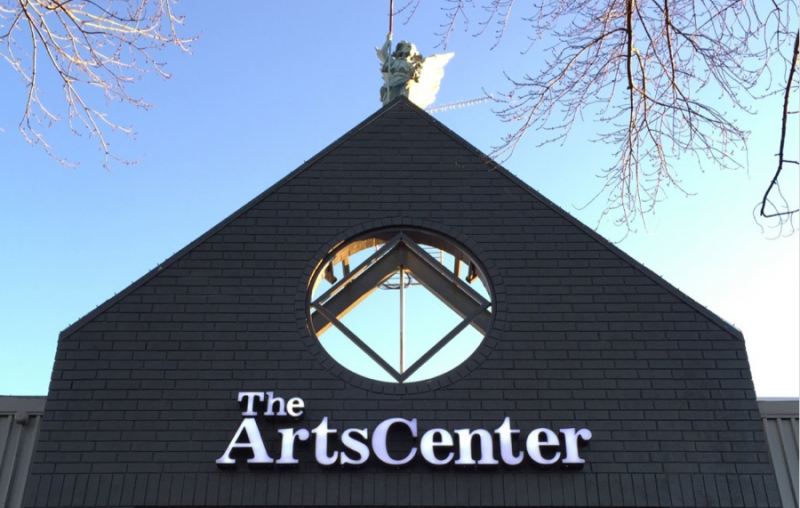
The ArtsCenter Holding Carrboro Community Meetings About Potential MoveThe ArtsCenter has been in the heart of Carrboro since its founding in 1974. It was housed in the same building as Armadillo Grill and then Carr Mill Mall before settling in the 300 building on East Main Street, where it’s been since the mid-1980s. As the art education and entertainment non-profit prepares to move […]

Carrboro Board of Aldermen Vote to Move Ahead Lloyd Farm DevelopmentThe Carrboro Board of Aldermen recently heard updates on the development planned for the Lloyd Farm property and approved a conditional use permit for the initial phase of construction. The developers are preparing to begin work on Phase 1 of transforming the 35-acre plot into the Shops at Lloyds Farm, located off Fayettville Road and […]
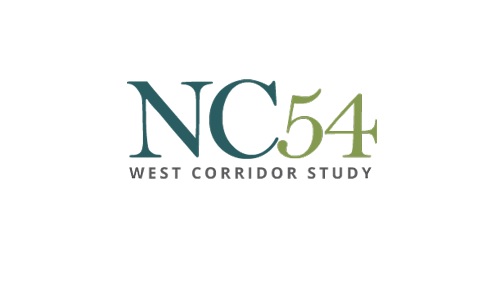
NC 54 Corridor Study Presented to Carrboro's Board of AldermenCarrboro’s Board of Aldermen recently heard a presentation about a study done on the NC 54 West Corridor between Carrboro and Graham. The study, which was funded by the local Metropolitan Planning Organization, focused on the stretch of NC 54 starting in Graham and moving east to Carrboro’s West Main Street. It stemmed from a […]
![]()
INDY Week Releases Endorsements for Local ElectionsThe alternative weekly newspaper INDY Week released their endorsements for the Orange County municipal elections on Tuesday evening. In the Chapel Hill mayoral race, the paper endorsed mayoral candidate and incumbent Pam Hemminger, citing her work securing the affordable housing bond in 2018 and her prioritization of combating climate change as main reasons it is […]
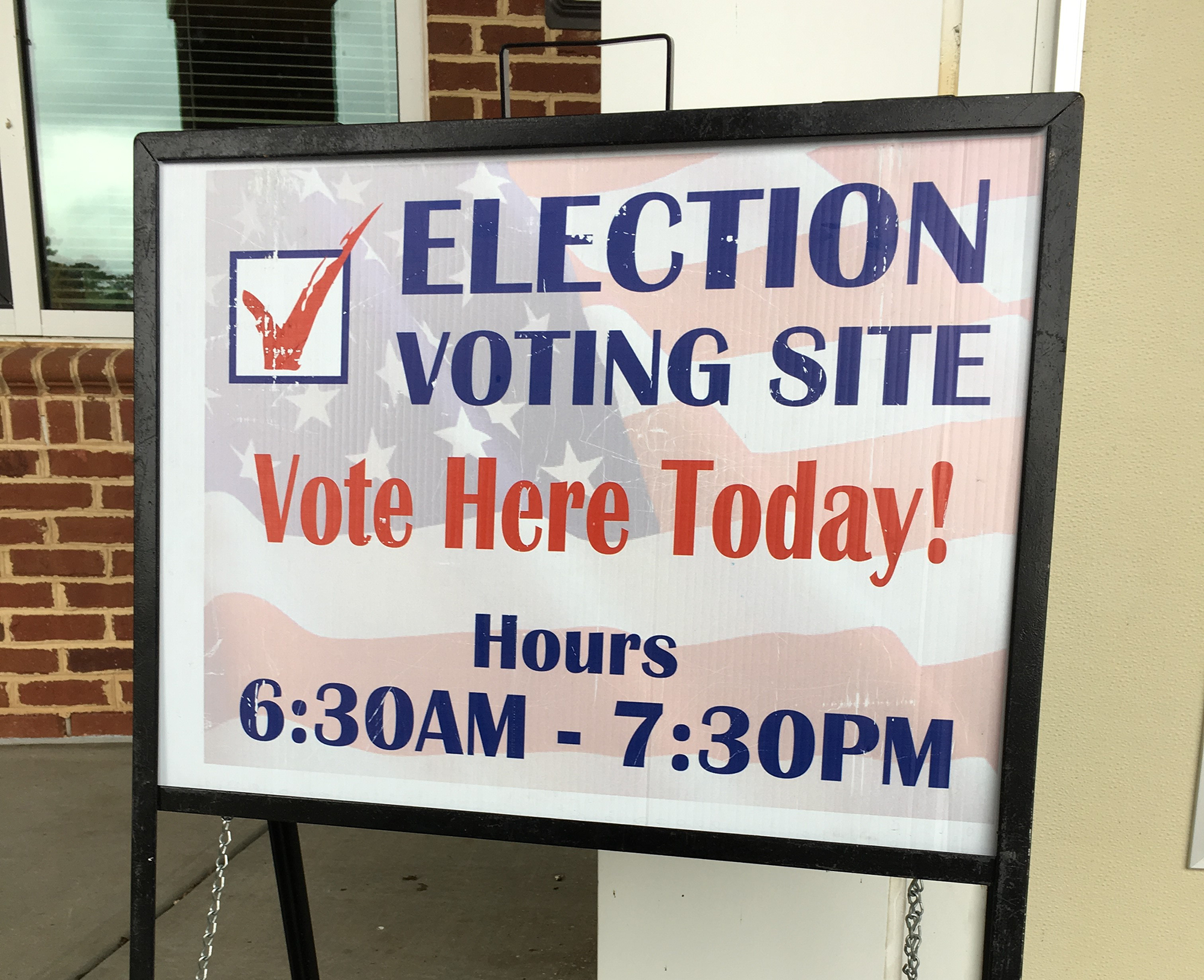
Endorsements Continue as Local Elections Approach in Chapel Hill, CarrboroCandidates in the upcoming Chapel Hill and Carrboro municipal elections received endorsements from the NEXT Chapel Hill & Carrboro advocacy group. NEXT, which describes itself as a group that supports progressive values in the two towns, shared the candidates the group supports in the 2019 election races on Monday. It said it evaluated candidates based […]

Construction on New Carrboro Roundabout To Begin in AugustA major road project thought to be delayed is set to begin construction in Carrboro, just weeks before students are moving back to the area for the fall semester. The town announced Tuesday that the construction on the Estes Drive/North Greensboro Street roundabout would begin on August 5. Construction of a roundabout on South Greensboro […]

Halfway Through 2019 Election Filing Period, Orange County Races Taking ShapeThere's still one week left to go in the filing period for this year's municipal elections, but there's already a crowded field of candidates.
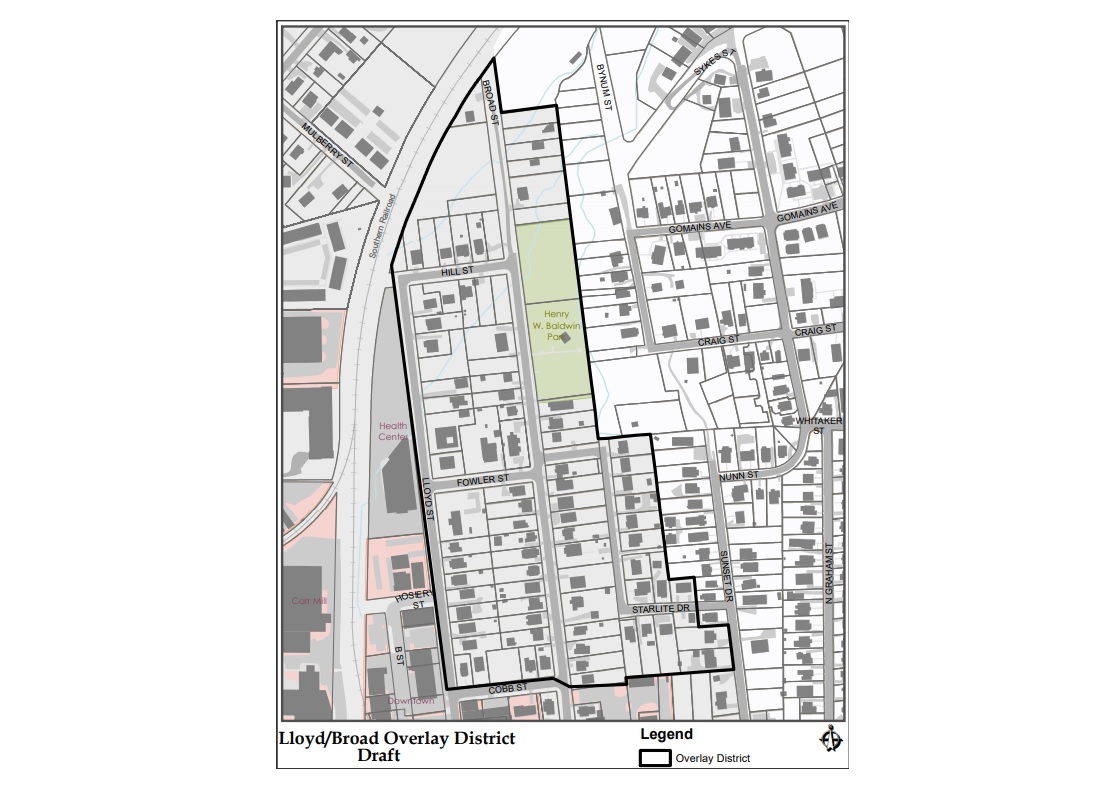
Carrboro Creates Overlay District in Downtown NeighborhoodIn their last meeting of June, Carrboro’s Board of Aldermen voted to create an overlay district around the Lloyd-Broad neighborhood downtown. The measure, which creates restrictions on existing houses and future construction in the area, is meant to protect the neighborhood’s identity. Historically an African-American community, Lloyd-Broad has recently experienced increases in student rentals. Carrboro […]
›









